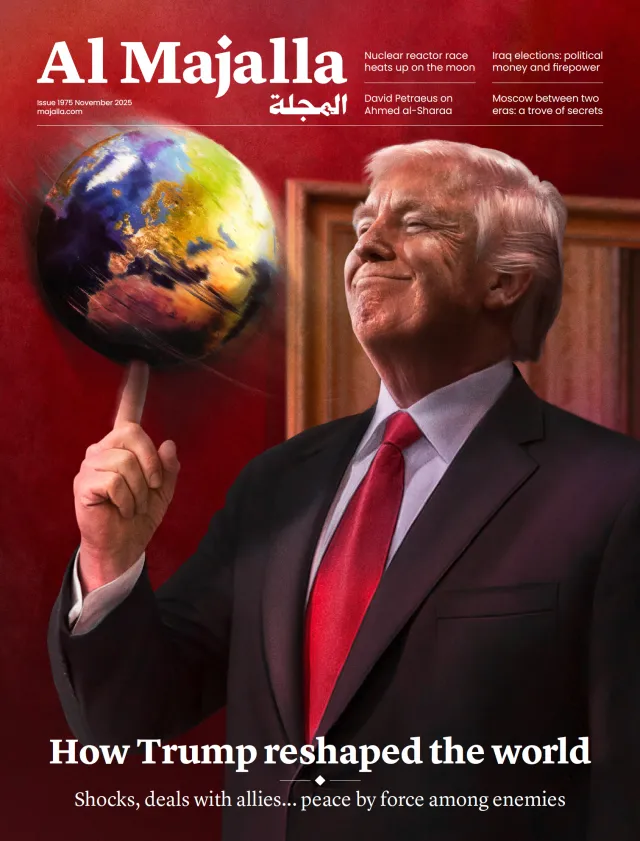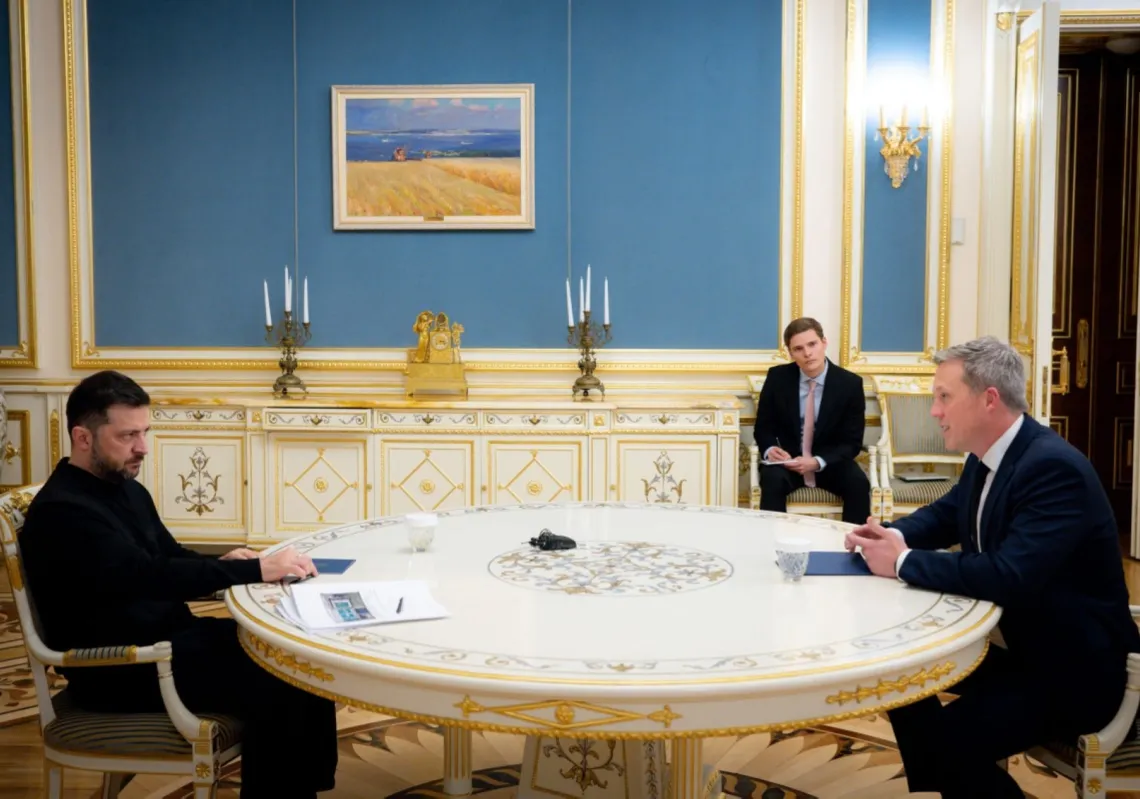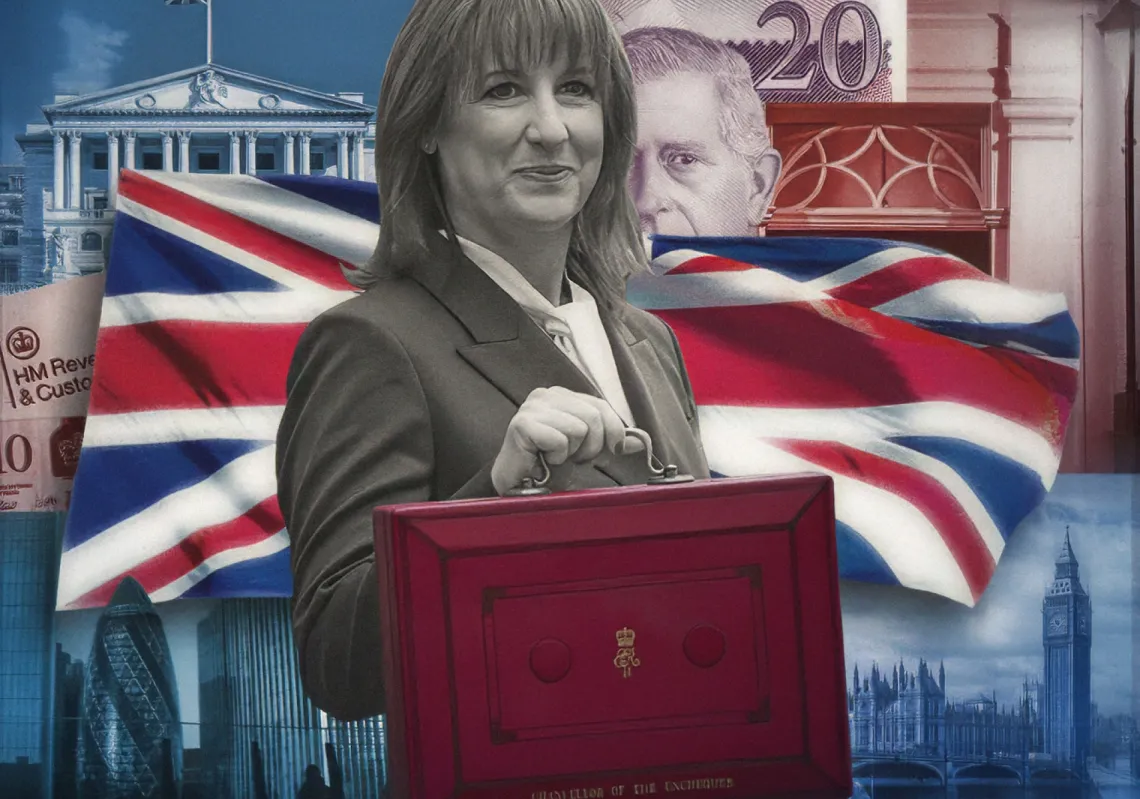With Suez Canal traffic down by two-thirds since Yemen’s Houthi militia began attacking ships last year, analysts might well ask why Egypt is hoping to double its capacity by building a parallel second lane along this lucrative maritime highway. It would be one of the country’s biggest 21st-century decisions so far, made at a time when the world’s politics were in a state of turmoil.
While the Houthis briefly felt the wrath of the Americans and its allies, they continue their attacks on merchant ships heading for the Red Sea and the shortcut to Europe that the Suez Canal has provided for decades. The UK’s Office for National Statistics (ONS) said traffic through Suez was down 66% between December 2023 and April 2024 after the Houthis launched their operations in solidarity with Gaza. The Egyptian finance minister put the figure at 60%.
Much needed revenue
Egypt needs the transit fees. Its economy was on the brink of collapsing under a colossal debt burden before February when the United Arab Emirates stepped in with a $35bn deal to buy a huge chunk of development land on Egypt’s Mediterranean coast.
Knowing the importance of Egypt, with its 110 million people, the European Union ($8bn), International Monetary Fund ($8bn), and World Bank ($6bn) all stepped in to help too. Egypt can now service its debt but is not yet out of the woods.
Egypt’s foreign currency revenues from the canal have been down by more than half since the Houthi attacks began diverting ships around South Africa instead. Cairo is keen to remedy the situation, but the Suez is not the only game in town.
Several longer-term development plans for trade routes, including overland sections, could offer an alternative to the canal. One example is the India-Middle East-Europe Economic Corridor (IMEC). The prospect of more competition over key shipping lanes motivates Egypt to expand the Suez Canal. Still, investing in a second lane to boost capacity and reduce bottlenecks would be a huge gamble.

Place your bets
Proponents argue that the Suez Canal—which is still the most efficient route between the Indian and Atlantic Oceans—has a blockbuster future.
However, sceptics worry that the waters of the Red Sea between East Africa and the Arabian Peninsula will always be troubled. Before spending billions building a second lane, investors will want to know that the canal’s recent ill fortunes can be reversed and that it can once again be the primary shipping lane linking East and West in the future—a key link in the global supply chain.
Before the Houthi attacks, Egypt carried 12% of the world’s trade, including around 22% of its container trade, and about 40% of trade between Asia and Europe passed through. Egypt hopes those figures return, but the Houthis show no signs of stopping.
Iran, which backs the Houthi militia, is in a dispute with Washington after the US backtracked on a decision to release $7bn in Iranian funds that had been frozen due to sanctions. Iran is using its influence over the Houthis as a bargaining chip.
With the current wave of disruption stemming from attacks by the Iran-sponsored militia, some think expanding the canal now is too risky. Others say it is better to invest revenue from the canal than service debt with it.













